How To View Micro Sd Card On Laptop?
In today's digital age, micro SD cards have become an essential tool for expanding storage on various devices, including smartphones, cameras, and tablets. However, there are times when you need to access the data stored on a micro SD card using a laptop. Whether it's for transferring files, backing up data, or simply viewing the contents, knowing how to view a micro SD card on a laptop is a valuable skill. This article will guide you through the process, addressing common issues and providing practical solutions.
Understanding Micro SD Cards and Their Uses
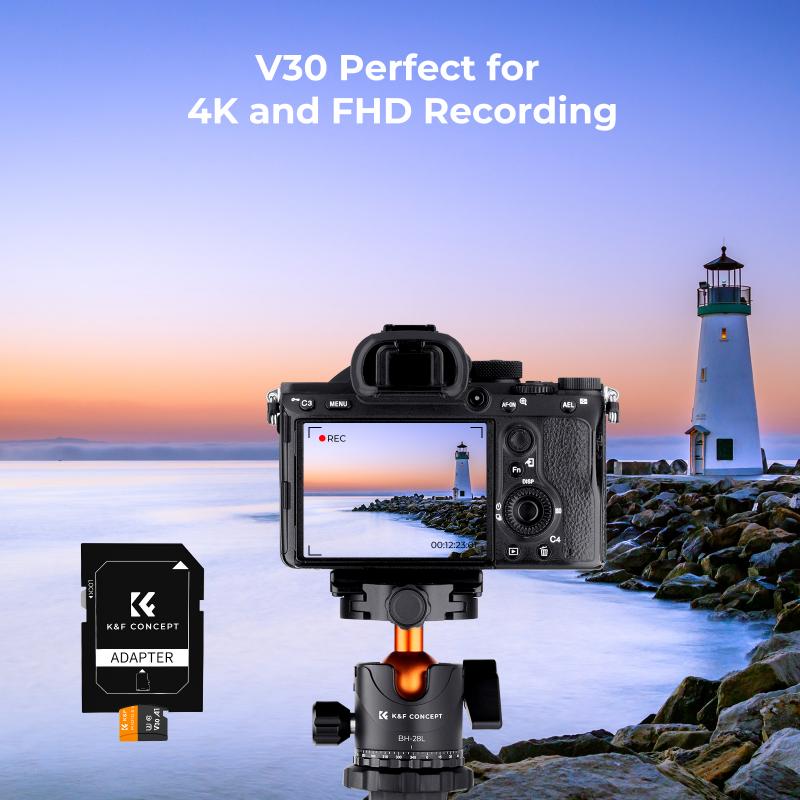
Micro SD cards are small, portable storage devices that can hold a significant amount of data. They are commonly used in devices where space is limited, such as smartphones, drones, and action cameras. The primary advantage of micro SD cards is their compact size and high storage capacity, making them ideal for storing photos, videos, music, and other files.
Methods to View a Micro SD Card on a Laptop
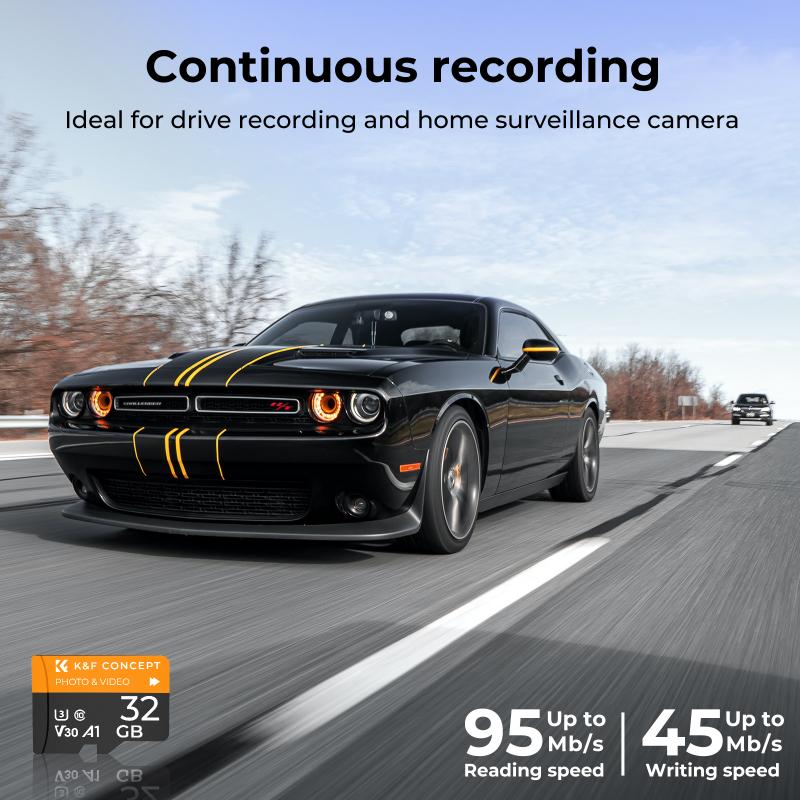
There are several methods to view the contents of a micro SD card on a laptop. The method you choose will depend on the type of laptop you have and the available ports and accessories. Here are the most common methods:
1. Using a Built-in SD Card Slot
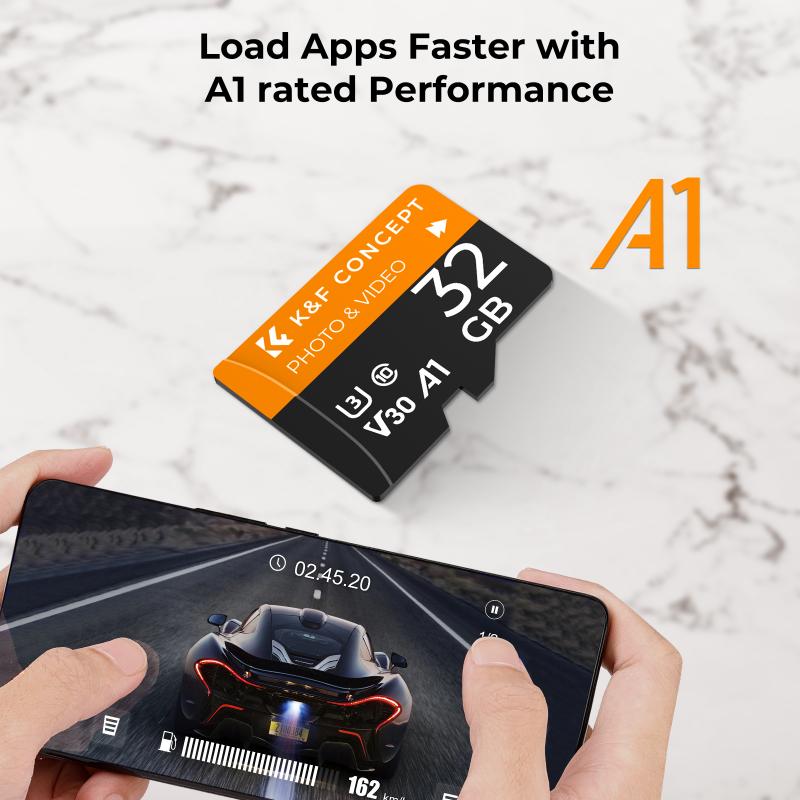
Many modern laptops come with a built-in SD card slot, which can be used to read micro SD cards with the help of an adapter. Here’s how to do it:
1. Insert the Micro SD Card into an Adapter: Micro SD cards are often sold with an SD card adapter. Insert the micro SD card into the adapter.
2. Insert the Adapter into the SD Card Slot: Locate the SD card slot on your laptop and insert the adapter with the micro SD card.
3. Access the Card: Open 'File Explorer' (Windows) or 'Finder' (Mac) on your laptop. The micro SD card should appear as a removable drive. Click on it to view the contents.
2. Using a USB Card Reader

If your laptop does not have a built-in SD card slot, you can use a USB card reader. Here’s how:
1. Purchase a USB Card Reader: These are widely available and relatively inexpensive. Ensure it supports micro SD cards.
2. Insert the Micro SD Card into the Reader: Place the micro SD card into the appropriate slot on the card reader.
3. Connect the Reader to Your Laptop: Plug the USB card reader into an available USB port on your laptop.
4. Access the Card: Open 'File Explorer' (Windows) or 'Finder' (Mac) to view the micro SD card as a removable drive.
3. Using a Smartphone as a Card Reader
If you don’t have an SD card adapter or a USB card reader, you can use your smartphone as a card reader. Here’s how:
1. Insert the Micro SD Card into Your Smartphone: Ensure your smartphone supports micro SD cards and insert the card.
2. Connect Your Smartphone to Your Laptop: Use a USB cable to connect your smartphone to your laptop.
3. Enable File Transfer Mode: On your smartphone, select the option to enable file transfer mode (this may vary depending on the device).
4. Access the Card: Open 'File Explorer' (Windows) or 'Finder' (Mac) to view your smartphone as a connected device. Navigate to the micro SD card to view its contents.
Troubleshooting Common Issues
While accessing a micro SD card on a laptop is generally straightforward, you may encounter some issues. Here are common problems and their solutions:
1. Micro SD Card Not Recognized
If your laptop does not recognize the micro SD card, try the following steps:
- Check the Connection: Ensure the card is properly inserted into the adapter or card reader and that the adapter or reader is securely connected to the laptop.
- Try a Different Port: If using a USB card reader, try connecting it to a different USB port on your laptop.
- Update Drivers: Ensure your laptop’s drivers are up to date. You can check for updates in the Device Manager (Windows) or System Preferences (Mac).
- Test on Another Device: Try accessing the micro SD card on another device to determine if the issue is with the card or the laptop.
2. Corrupted Files
If the files on the micro SD card appear corrupted or unreadable:
- Use Data Recovery Software: There are various data recovery tools available that can help recover corrupted files from a micro SD card.
- Format the Card: If the data is not critical, you may need to format the micro SD card. This will erase all data, so ensure you have backups if possible.
3. Slow Transfer Speeds
If you experience slow transfer speeds when accessing the micro SD card:
- Check the Card’s Speed Class: Micro SD cards have different speed classes (e.g., Class 4, Class 10, UHS-I). Ensure you are using a card with a suitable speed class for your needs.
- Use a High-Quality Card Reader: A low-quality card reader can result in slower transfer speeds. Invest in a reputable brand.
Best Practices for Using Micro SD Cards
To ensure the longevity and reliability of your micro SD cards, follow these best practices:
- Handle with Care: Micro SD cards are delicate. Handle them carefully to avoid physical damage.
- Eject Properly: Always eject the micro SD card properly from your laptop or device to prevent data corruption.
- Backup Regularly: Regularly back up the data on your micro SD card to avoid data loss.
- Avoid Full Capacity: Try not to fill the micro SD card to its maximum capacity. Leave some space to ensure optimal performance.
Viewing a micro SD card on a laptop is a simple process that can be accomplished using various methods, including built-in SD card slots, USB card readers, and smartphones. By following the steps outlined in this article, you can easily access and manage the data on your micro SD card. Additionally, understanding how to troubleshoot common issues and following best practices will help you maintain the integrity and performance of your micro SD cards. Whether you are transferring files, backing up data, or simply viewing photos and videos, these tips will ensure a smooth and efficient experience.


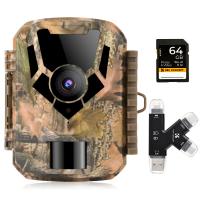
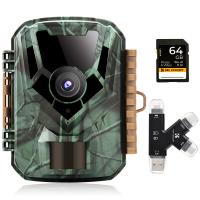









There are no comments for this blog.